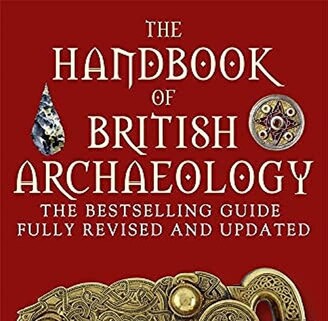An archaeological dig within the churchyard at Govan Old Parish Church in Glasgow has uncovered a “remarkable” early medieval ‘Govan Warrior’ stone.
…
The early medieval carved stone is “quite unlike” any others discovered at the ancient site - which is celebrated for the richness of its Viking-age sculpture.
The stone portrays a man side-on carrying a round shield and a shaft over their shoulder. The man is probably carrying either a sword or a spear and can be described as a warrior.
While much of the warrior’s face has been damaged since it was carved over a thousand years ago, remarkable details suggest a flowing pony-tail and a sharply pointed beard.
The oldest known Christian site in Glasgow, Govan Old was built in 1888 and stands on a religious site dating back to the sixth century.
…
The Govan Warrior is unique within the existing collection due to its stylistic characteristics, which has drawn parallels with Pictish art and carvings from the Isle of Man. Unlike the other stones in the Govan collection, whose chunky style of carving is so distinctive that it has been described as a school of carving in its own right (the ‘Govan School’).
The Govan Warrior is lightly incised, which may bring parallels with famous Pictish stones like the Rhynie Man from Aberdeenshire.
…
About the discovery, Professor Stephen Driscoll said: “It’s a style that makes us think both about the Pictish world and also about the Isle of Man and it’s interesting that we are halfway between these two places. Govan is the ideal place for these two artistic traditions or styles to come together.

